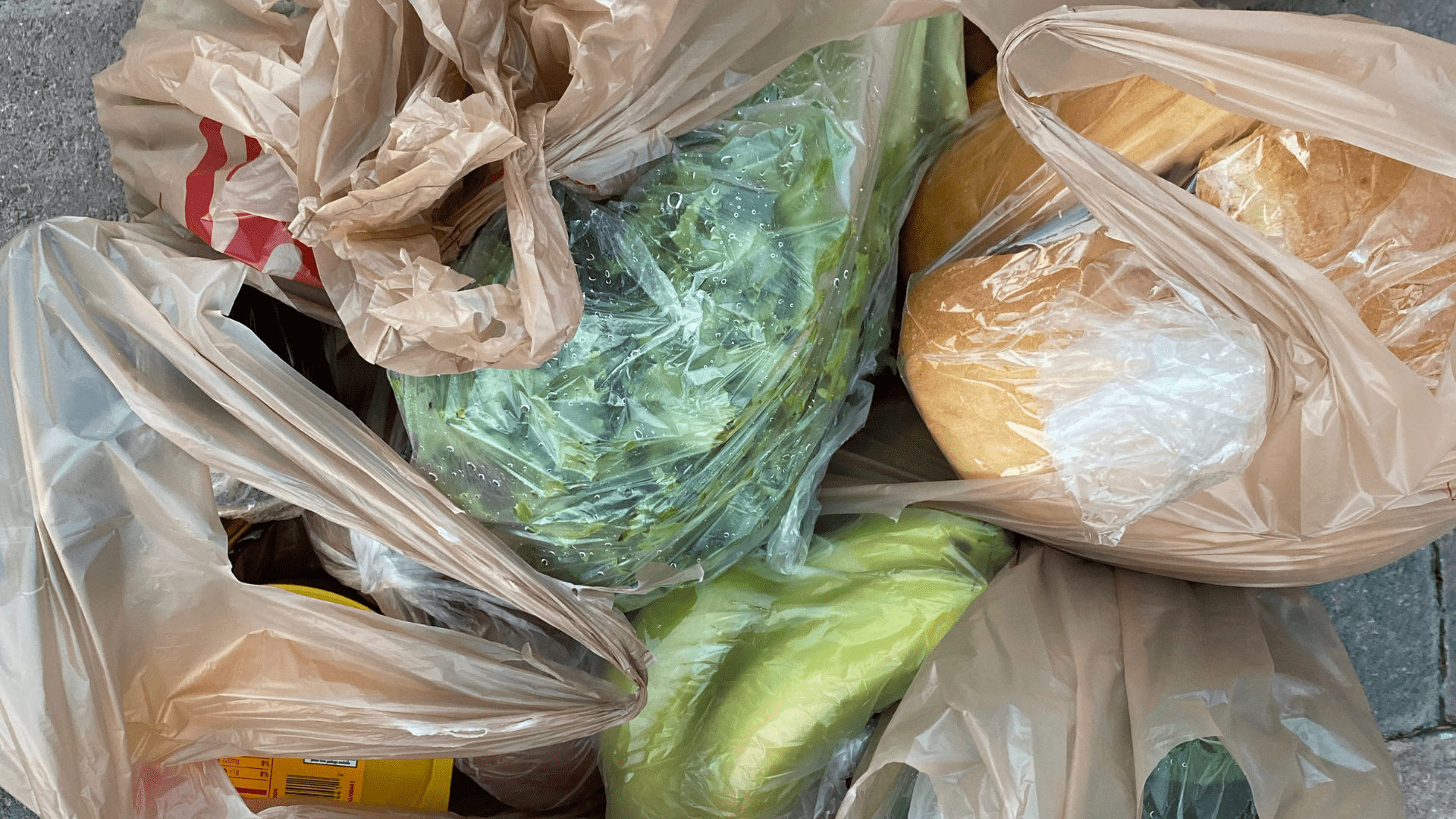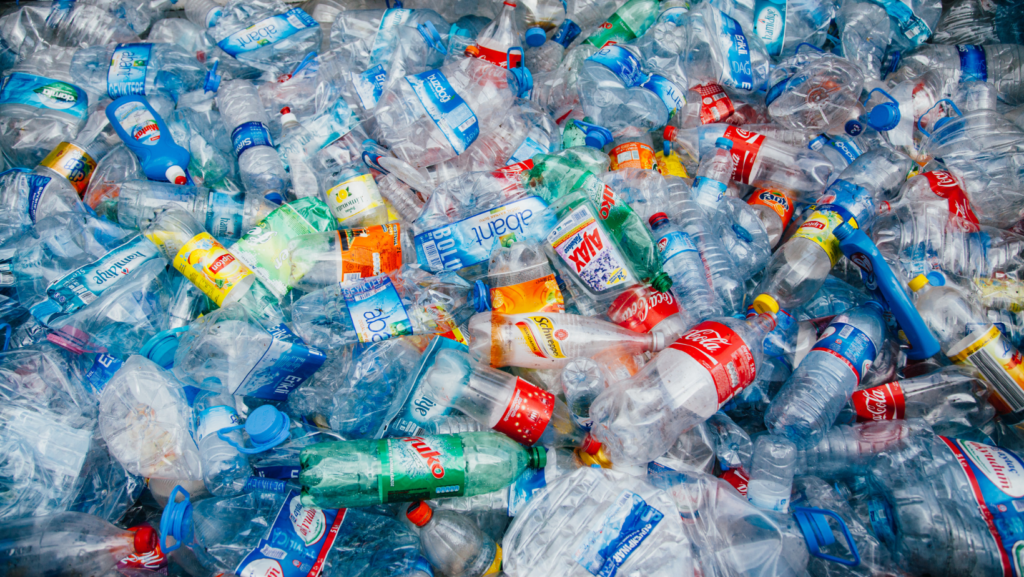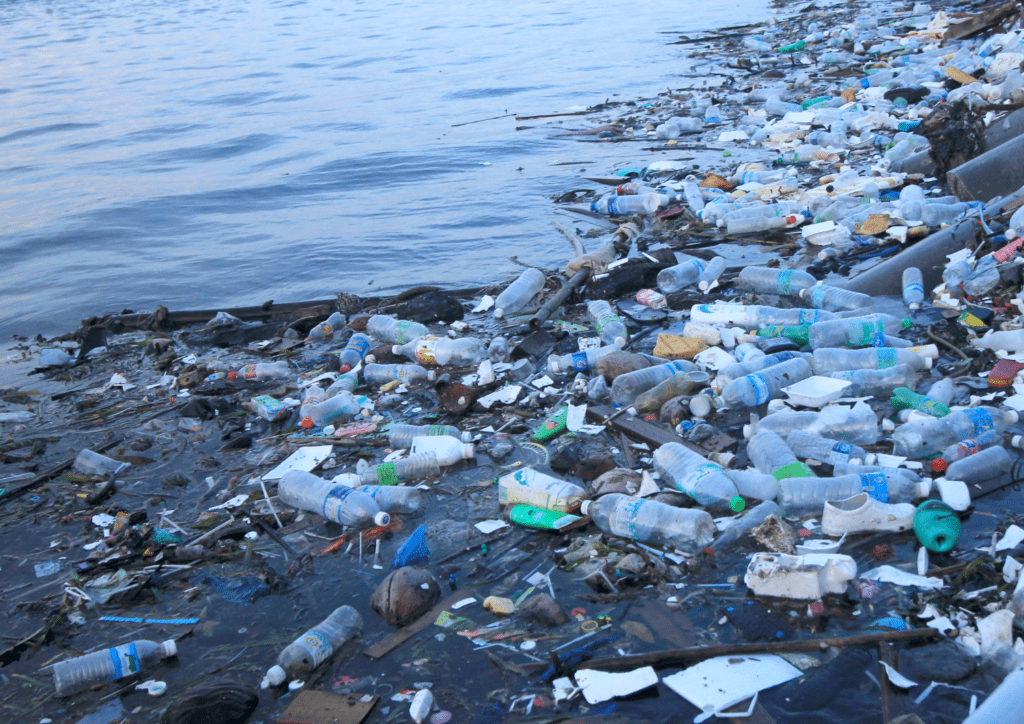This is a guest blog by Dr. Melissa Lem, Board Member of the Canadian Association of Physicians for the Environment and a family physician in Vancouver, and Dr. Yassen Tcholakov, Public Health Physician and member of the Canadian Association of Physicians for the Environment working in Kuujjuaq, Nunavik.
The federal government just announced a ban on six commonly used single-use plastic items. This is a good step, but the ban on its own may do little to address a plastic crisis that has been growing for decades and that goes well beyond six-pack rings and forks. This is especially true now, as our use of plastics has skyrocketed since the start of the COVID-19 pandemic.
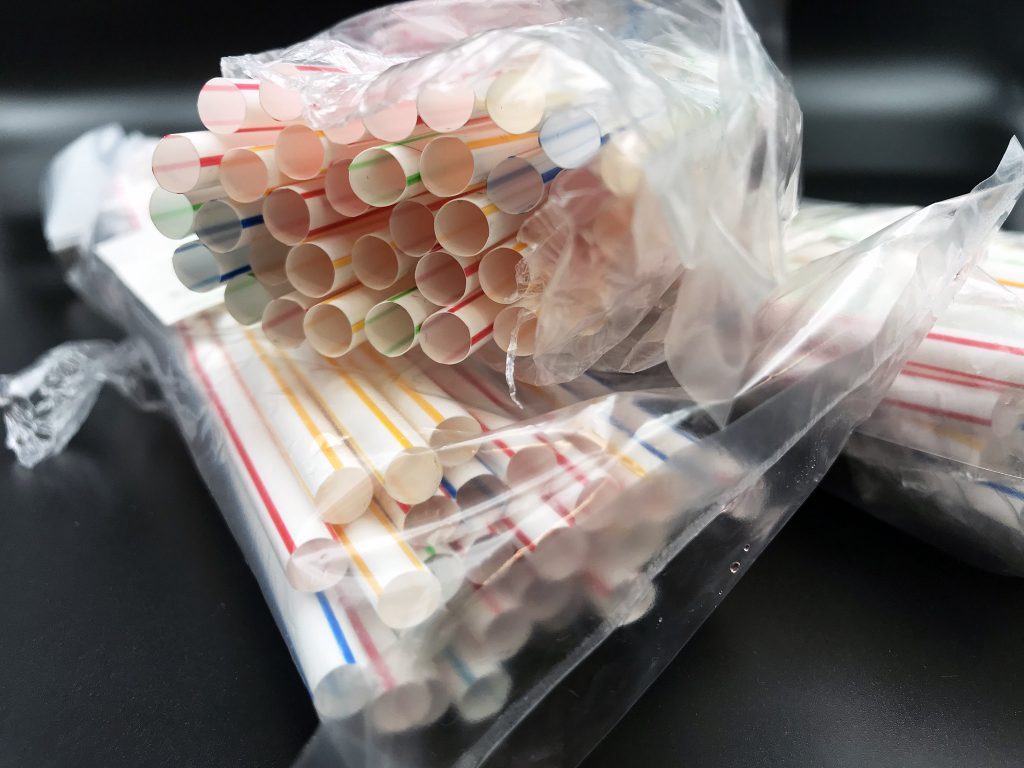
Whether because of spikes in takeout from restaurants, grocery stores banning reusable shopping bags, or an increase in disposable glove use in non-medical settings, we turned to single-use plastic in Canada and around the world to limit viral spread. At a time when we were starting to learn about COVID-19, taking these precautions seemed like a good idea to reduce surface transmission and keep case numbers as low as possible.
Yet in recent months research on this topic has evolved. Early studies of virus survival on surfaces that led to these precautions are criticized today for using viral quantities many times larger than would be transmitted through a sneeze or cough. The Centers for Disease Control in the United States have identified person-to-person droplet and airborne transmission as the primary way COVID-19 is spread, although it acknowledges the rare possibility of surface transmission.
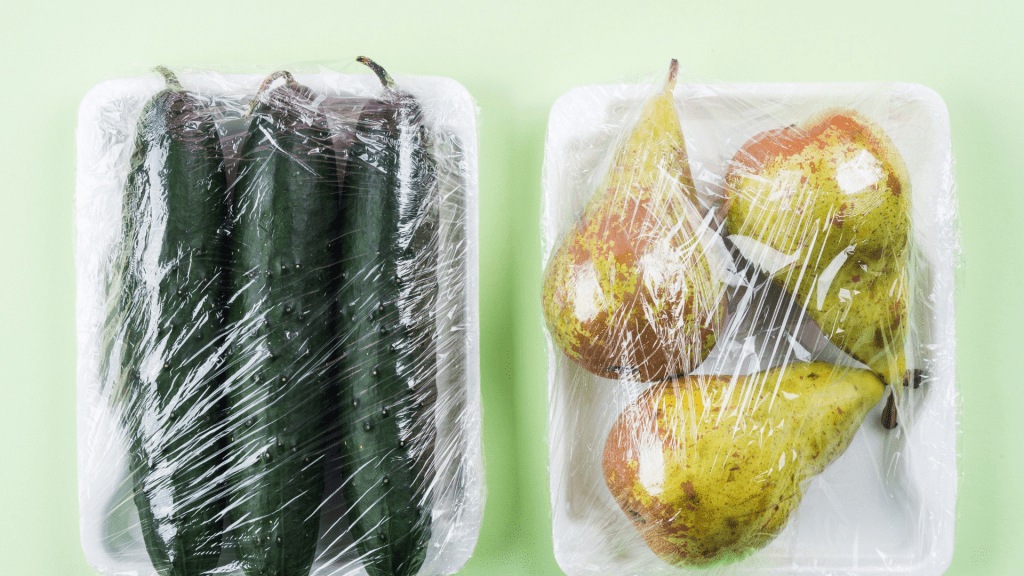
But here’s the thing: even if the virus is spread via surfaces, the role of disposable plastics remains unclear. Disposable plastic is no less likely to be contaminated than a similar reusable option. Touching the plastic wrapping around a bunch of bananas is not safer than touching the banana directly. In fact, it seems that the novel coronavirus lives longer on plastic than on cloth items – eliminating the argument for banning reusable cloth bags at the grocery store.
While doing little to keep us healthy, the increase we’ve seen in the use of disposable plastics causes massive harm to ecosystems. Plastics account for up to 80 per cent of marine litter, clogging beaches and degrading into microplastics. Only nine percent of plastics are recycled in Canada, with the remainder incinerated or landfilled.
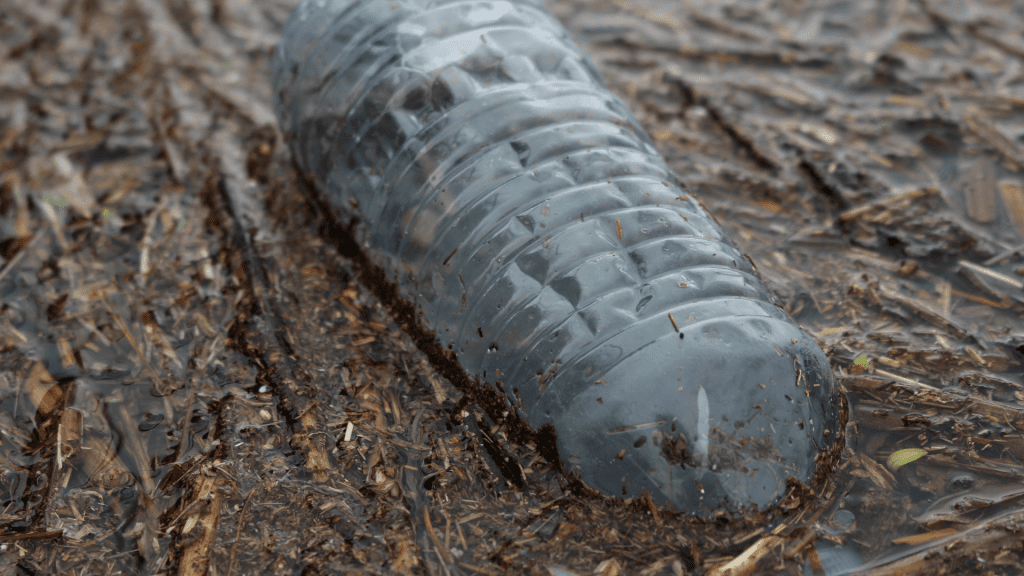
Furthermore, greenhouse gas emissions from fossil fuel extraction and transportation to create plastics, as well as their manufacture and ultimate disposal, threaten our ability to stabilize the climate. Beyond climate impacts, exposure to plastics can disrupt the endocrine system, negatively impacting fertility and increasing the risk of breast and testicular cancer for workers in the plastics industry.
As physicians, we know that health professionals and patients sometimes need to use plastics in medical settings. And while we are working to move toward reusable personal protective equipment, medical settings will likely continue to rely on single-use plastics. But we don’t need to use plastics this way outside the hospital as we simultaneously attempt to manage COVID-19, the climate crisis, mass extinctions, and the plastics crisis. Fortunately, common-sense practices – frequent hand-washing, wearing masks, and keeping a physical distance – make steering away from single-use plastics a safe, healthy, and sustainable choice.




